Transform Your Home into a Smarter Living Space with Koble. Schedule a Showroom Visit today at 8129 4164!
Transform Your Home into a Smarter Living Space with Koble. Schedule a Showroom Visit today at 8129 4164!

Zigbee devices can transmit data over long distances by passing data through a mesh network of intermediate devices to reach more distant devices. [1]
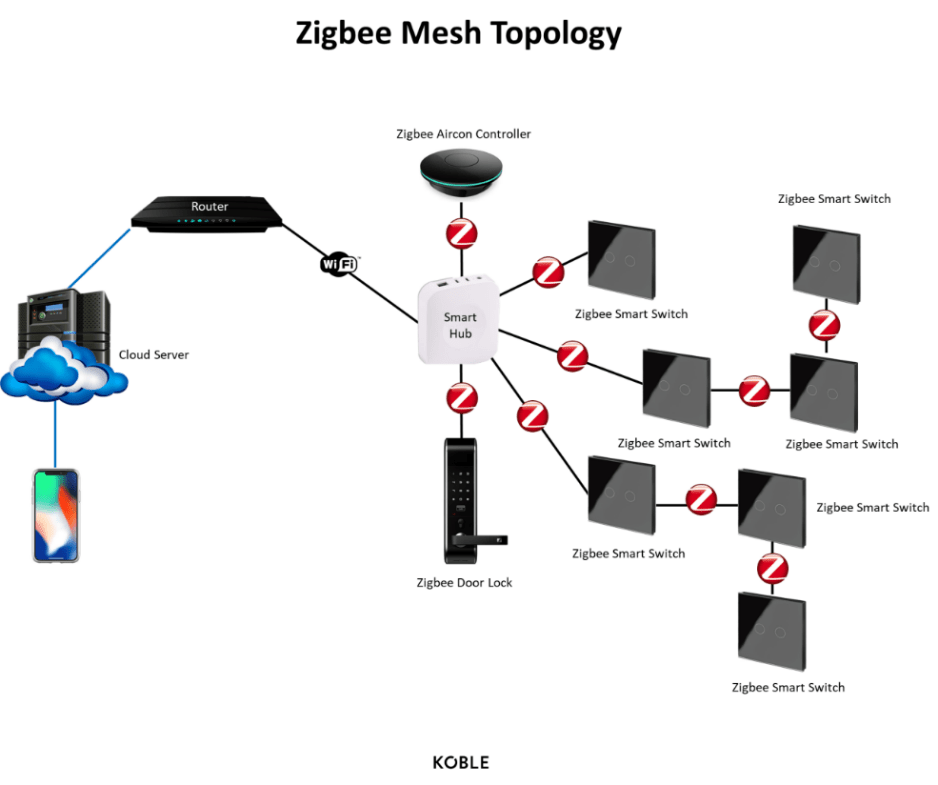
On the other hand, Wi-Fi works on a Star topology network where each individual device is directly connected to a central router. This manner of attachment can be visually represented in a form similar to a star. [2]
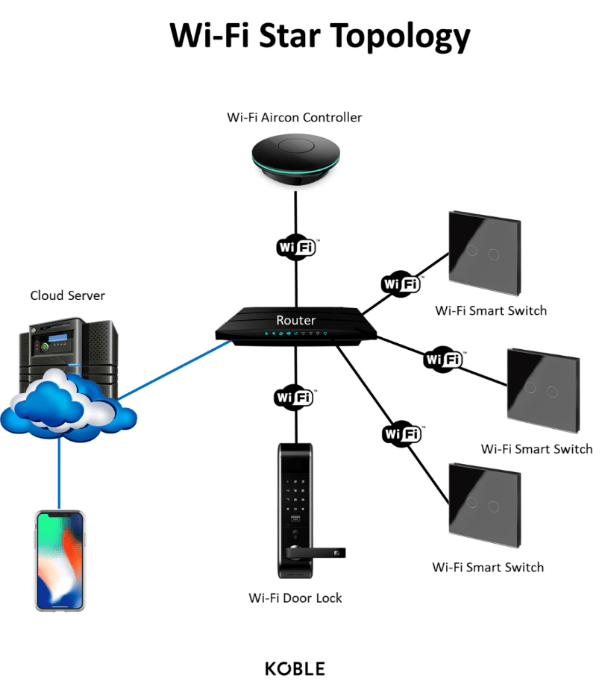
Both operate in a 2.4GHz bandwidth. However, the ZigBee Alliance understood that it’s a busy channel, so they took steps to ensure that their products would work without causing or being affected by interference. ZigBee products can detect collisions and will retry transmissions multiple times. Third-party testers found that ZigBee networks have little-to-no impact on Wi-Fi since their packets are tiny and brief.
On the other hand, Wi-Fi smart devices are connected directly to your router access point.
You might have experienced your internet speed slowing down when the multiple smartphones, laptops, and smart TVs connected to your Wi-Fi router are in use at the same time. I guess you can figure out what happens when the network has added 10-15 Wi-Fi smart home appliances.
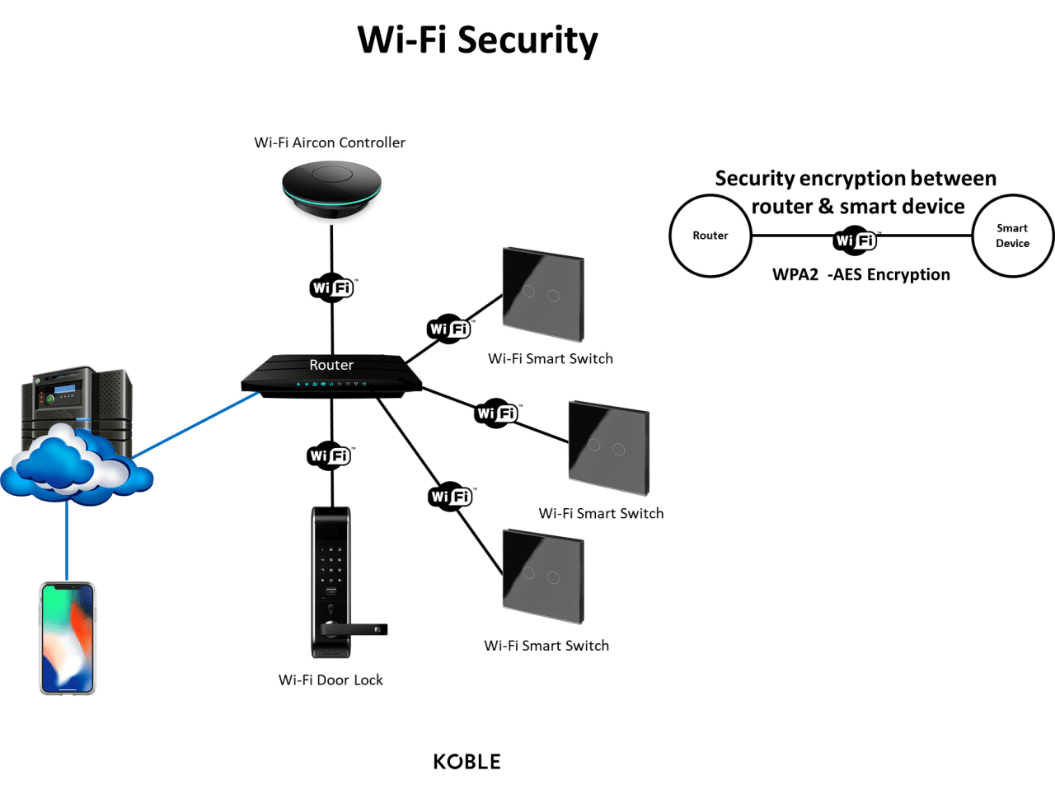
A type of encryption called WPA2 secures most Wi-Fi networks. At this time, the main vulnerability of a WPA2 system is when an attacker gets their hands on your SSID (the unique ID of your secured wireless network) and Wi-Fi password. These can be used to perform attacks on your other connected devices.
So here comes the major problem… When you connect Wi-Fi smart home devices to your network, you effectively surrender your SSID and password to multiple vendors. Where do they store this information? How well do they store it? That is a big question mark. Is that a risk you are willing to take?
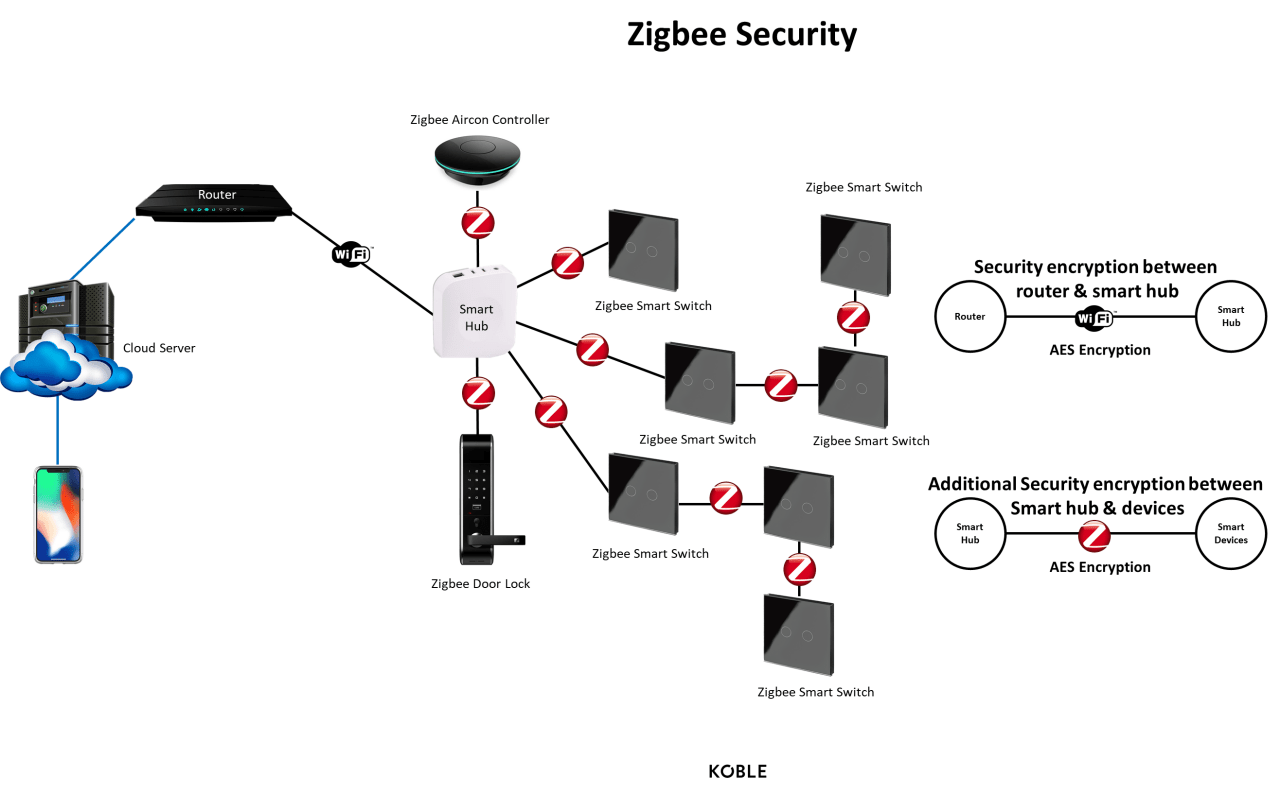
On the other hand, the Zigbee protocol has an additional layer of robust encryption. This further strengthens the communication between the Smart Hub and Zigbee smart devices. When you are connecting a new Zigbee device to the smart hub, you do not need to give away your Wi-Fi SSID and password.
The Zigbee Alliance and its members take security very seriously. Standards and protocols are developed to strike the right balance between ease of use and secure interaction of devices to offer smart functionality with essential security measures in place. Many of the most successful companies in the world created and implemented Zigbee technology, all of which have access to the latest security schemes. Members of Zigbee Alliance technical working groups actively review their security framework and industry best practices.[3]
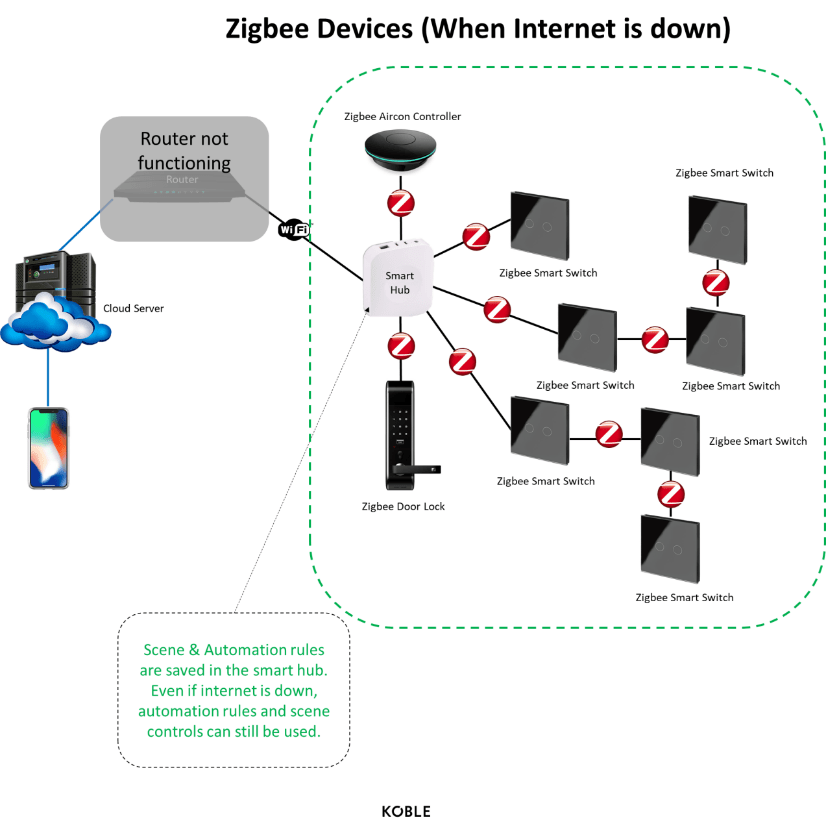
Your Zigbee smart devices will still work even if your internet is down. This is possible because their communication is independent of Wi-Fi.
Hence quick control buttons such as “I am leaving home – to turn off all electronic devices” or automation rules such as “When motion detected in the walk-in wardrobe, lights turn on” will still work!
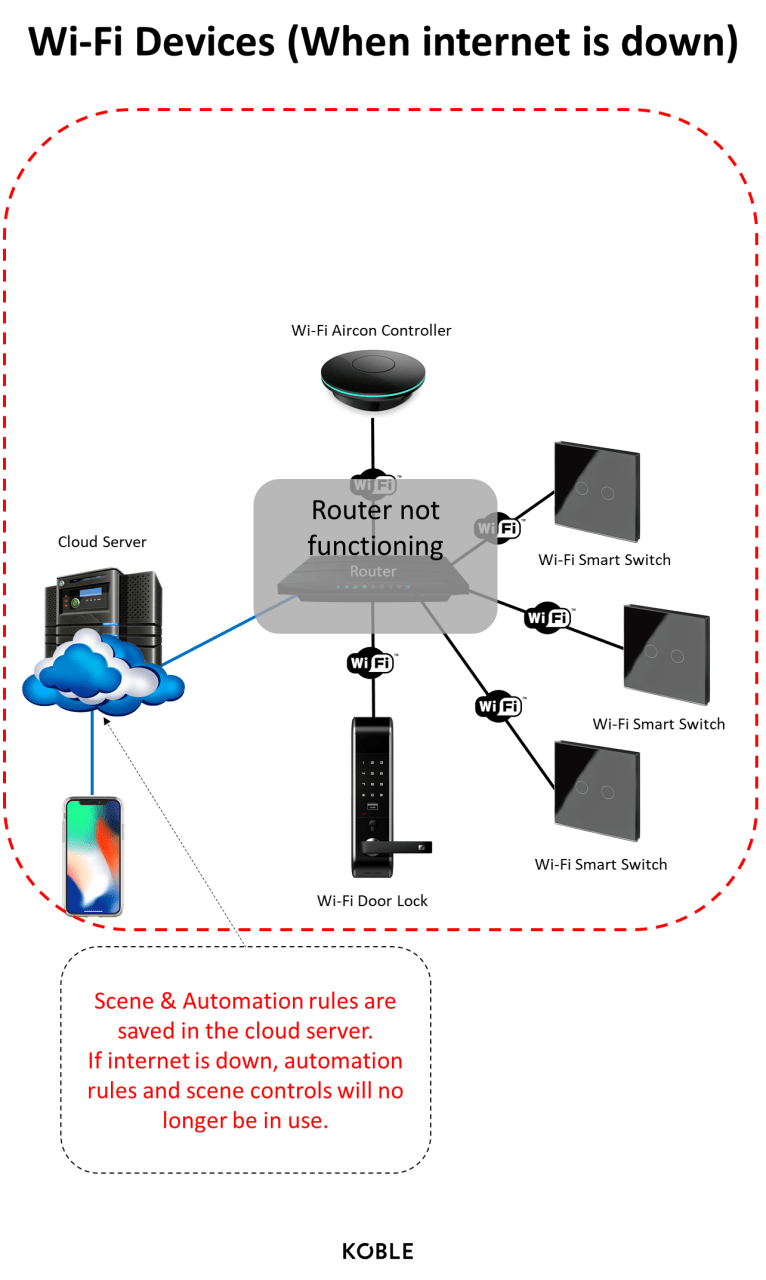
In contrast, for Wi-Fi smart devices, if your internet is down, all your Wi-Fi smart devices will no longer be able to perform its “Smart” functions.
Smart Home Singapore - Looking for Smart Home Products or Solutions? Read our Smart Home Singapore Review. All our Smart Home clients love our user-friendly Koble App, which enables them to centrally control their home appliances anytime, anywhere. We offer Smart Home Bundles to meet your every need.
Introducing our comprehensive suite of Smart Home Solutions powered by Zigbee, a global, standards-based wireless solution that conveniently and affordably controls the widest range of devices. We provide you with the improved comfort, security, and convenience you deserve: Smart Switches & Air Conditioners | Smart Lights | Smart Windows, Door & Gate | Security & Sensors | Small Home Appliances | Wi-Fi Router
[1] Carroll, B. (2018, August 10). Zigbee Leads the Wireless Mesh Sensor Network Market. Retrieved from https://www.the-ambient.com/guides/zigbee-devices-complete-guide-277
[2] Skøien, K. R. (2018, December 27). Wireless Network Topologies. Retrieved from https://blog.nordicsemi.com/getconnected/wireless-network-topologies
[3] Carroll, B. (2016, November 8). Zigbee Alliance Statement on Security. Retrieved from https://csa-iot.org/
Koble Showroom
(With Smart Home Specialist)
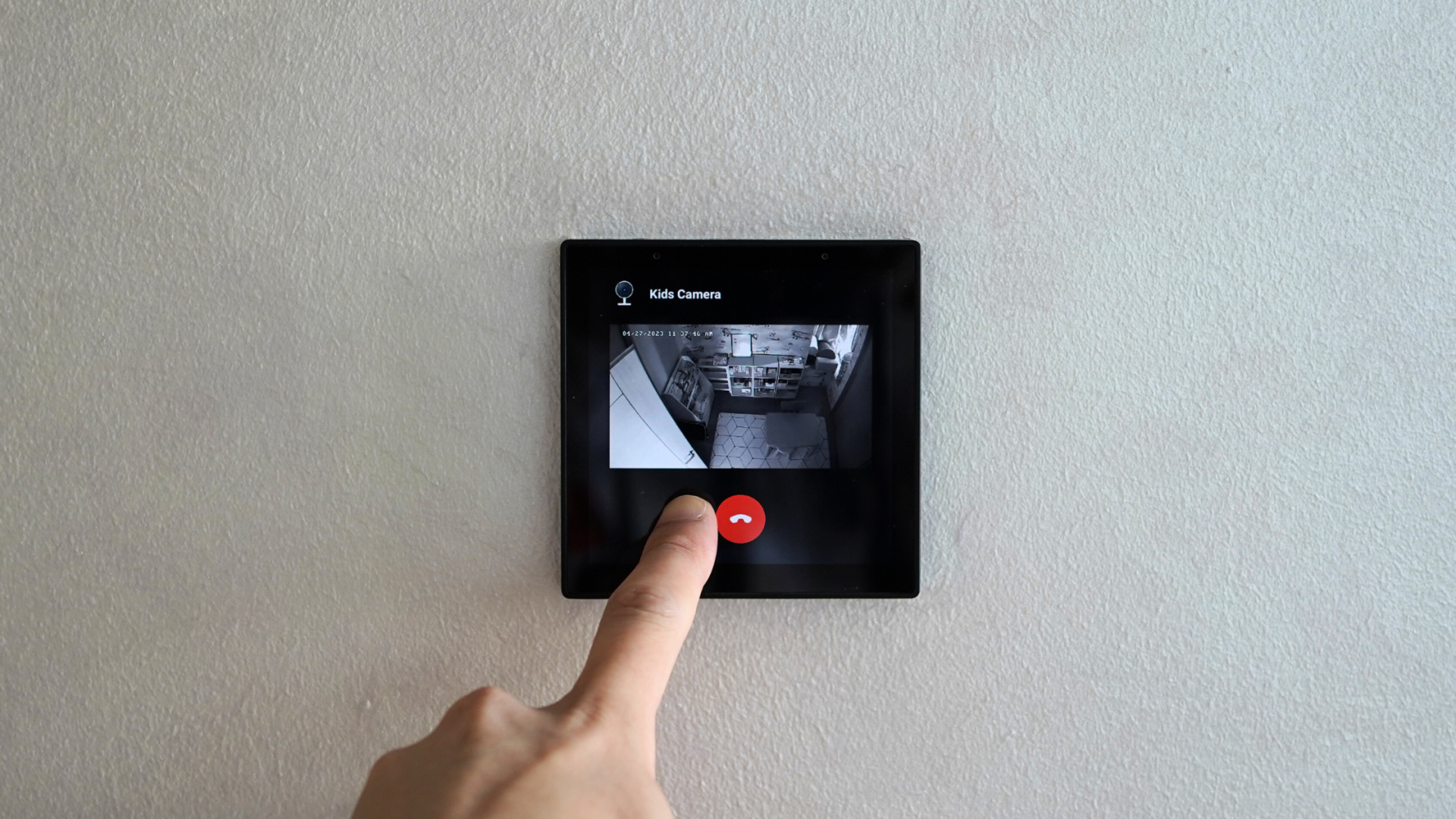
Smart Home System Singapore
January 12, 2024

Stories Of Home: Luxury Living with Koble's Smart Home
September 29, 2023
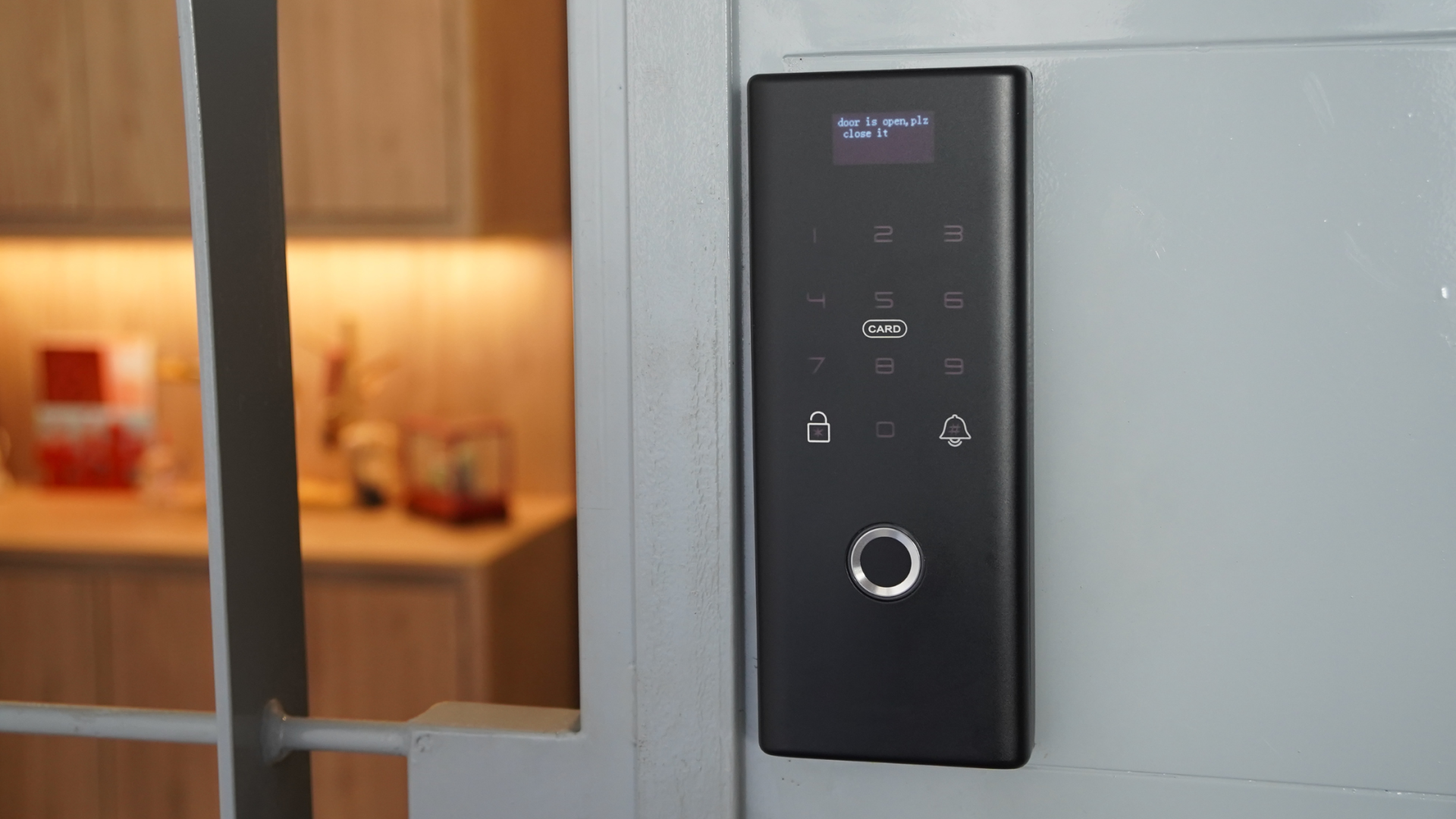
Best Smart Door Locks Singapore
February 19, 2024

Answering All Your Common Smart Home Questions
May 24, 2024